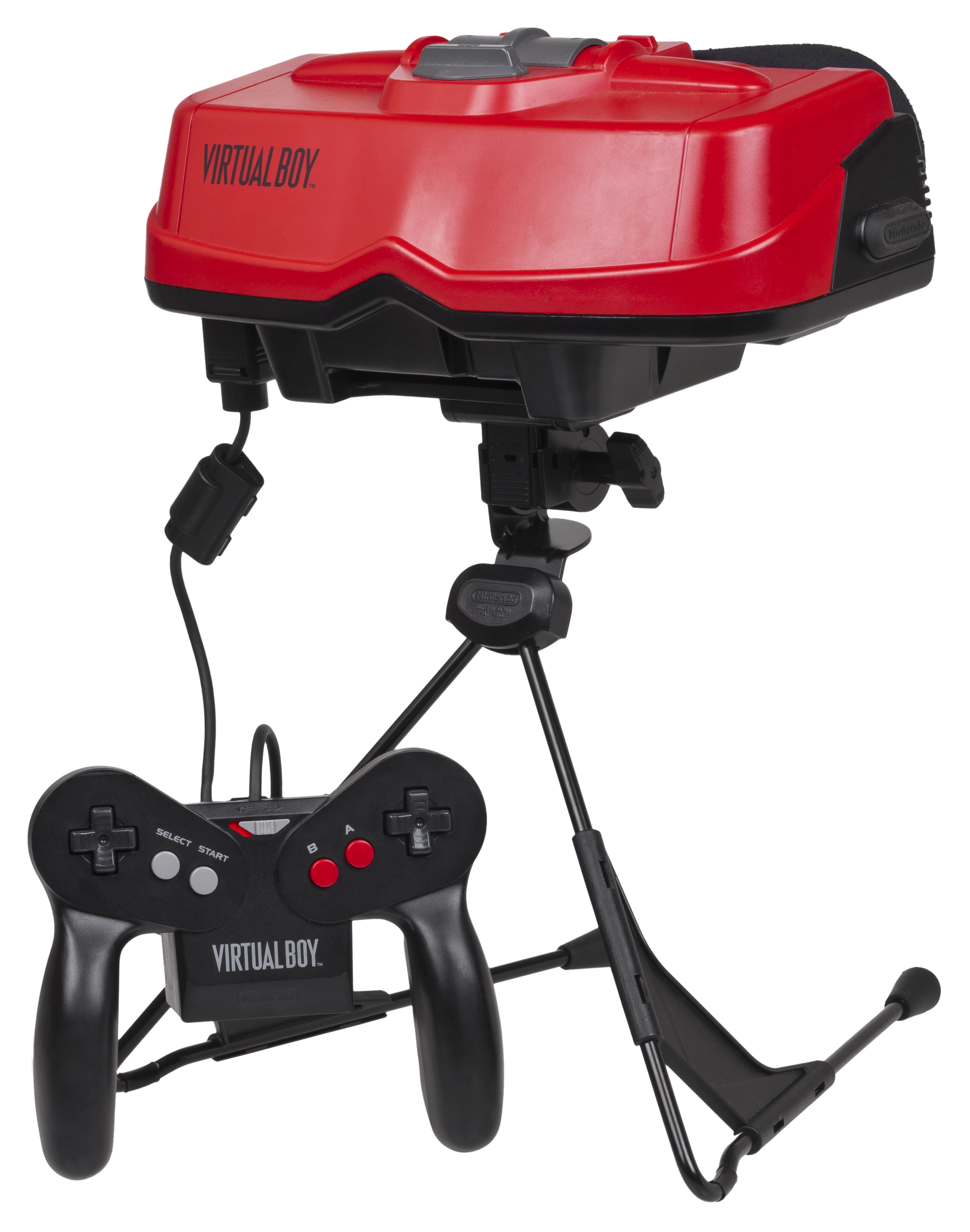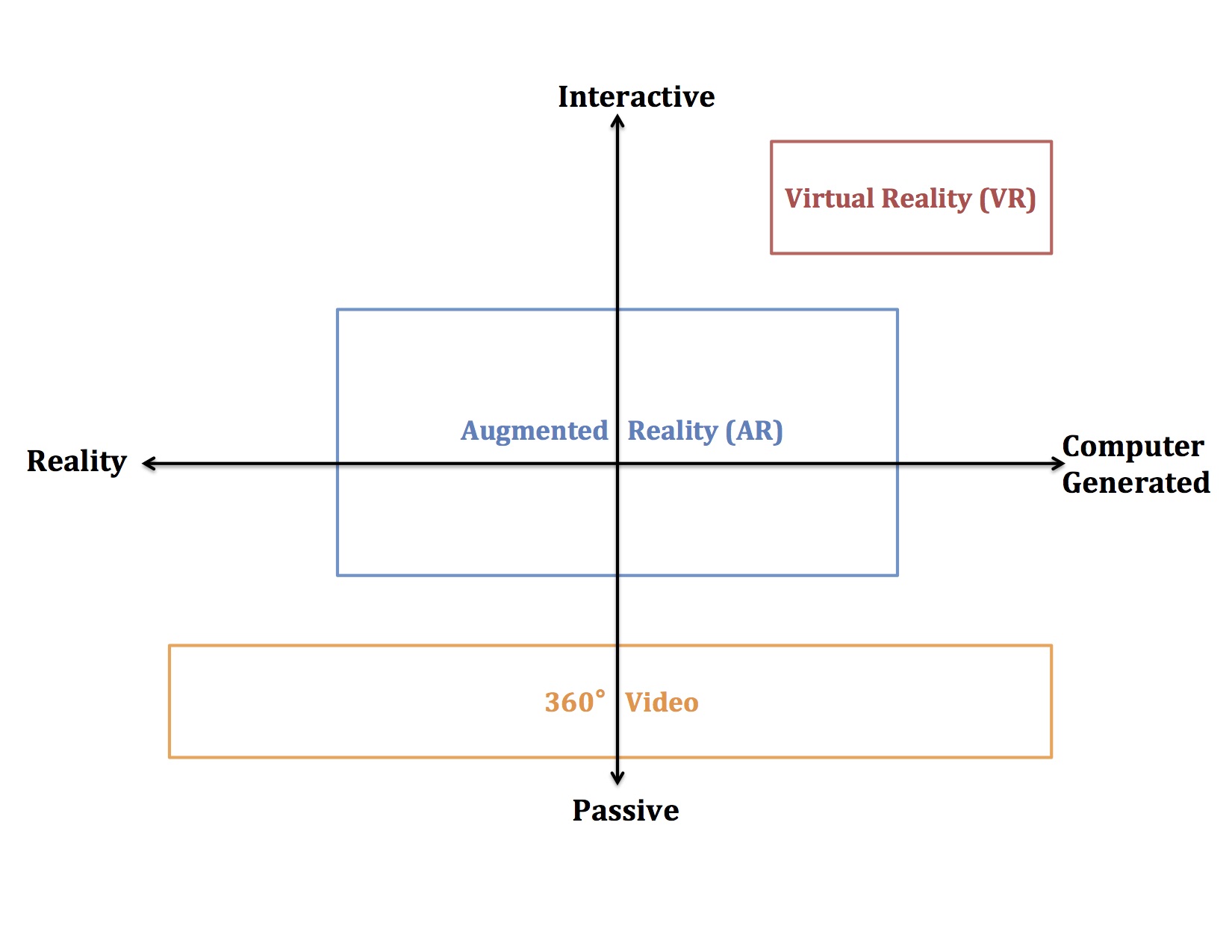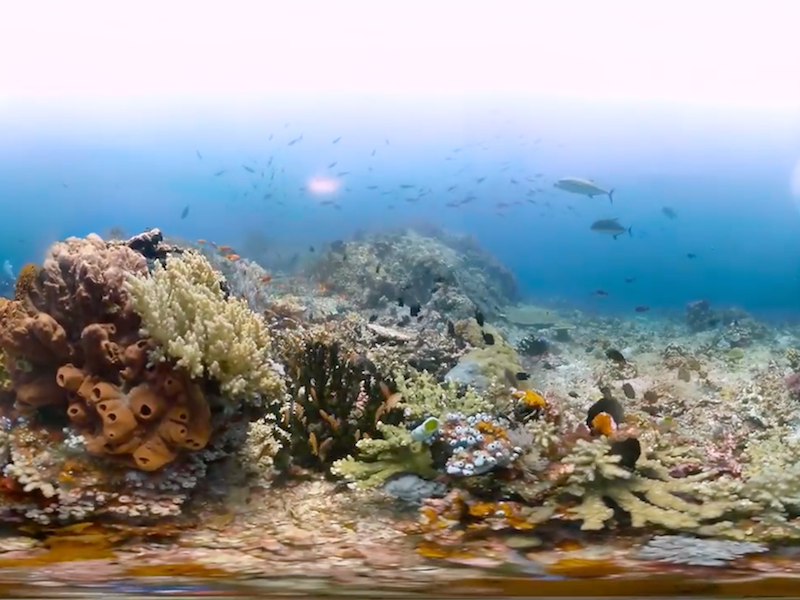August 29, 2017
 There is a new class of technology emerging that can help students engage more personally with educational material. This technology is commonly called V.R. or virtual reality. Early attempts at V.R. either provided a poor experience, see the Virtual Boy, or were cost prohibitive. With recent advances in computing and the drop in computer prices, V.R. is starting to become affordable for the average consumer.
There is a new class of technology emerging that can help students engage more personally with educational material. This technology is commonly called V.R. or virtual reality. Early attempts at V.R. either provided a poor experience, see the Virtual Boy, or were cost prohibitive. With recent advances in computing and the drop in computer prices, V.R. is starting to become affordable for the average consumer.
While the main hype of VR technology has been focused on computer generated experiences, two other segments have developed in the past decade. Augmented Reality (A.R.) mixes real world inputs with computer-generated content. Pokemon Go and Google Glass have been two large scale examples of A.R. in the past few years.The second segment is 360° video or spherical video. 360° video takes the user through a set route and can be any combination of real life or computer-generated videos.

While most V.R. technology is still in its infancy and is still expensive to implement in a classroom setting, 360° video can be played on most devices from the past 5 years. There is already a growing library of content from action/sci fi videos to underwater views of a coral reef. These videos can be viewed on anything from a laptop to a smartphone. For a more immersive experience, there are various goggles which can be used with a smartphone. Entry level goggles, such as google cardboard, can help immerse students in the video and allow them to explore the content being taught.
Using a smartphone or laptop to view a 360° video allows a student a view into a world rather than a set narrative. With a smartphone, students can look all around, including up and down, to transport themselves into the world and explore far-off destinations, such as Indonesia, without leaving their seat.

There are indicators that fully immersive V.R. and A.R. is going to be within reach for use in a classroom in the near future. Large companies such as Sony (Playstation VR) and Microsoft (Hololens) are investing in making V.R. and A.R. technology more accessible. In the near future, students could be exploring a computer-generated recreation of the great pyramids to better understand the history and culture of ancient Egypt. Students could also manipulate virtual objects on their desk to better understand chemical bonding or Newton’s three laws of motion.
With recent advances in technology, students are able to experience more immersive content utilizing 360° video and will be able to experience more abstract concepts using virtual reality and augmented reality.
Who’s ready to dive in today?


